Introduction
Niobium plays a crucial role in the development and functionality of superalloys. These superalloys are engineered to perform under extreme conditions, such as high temperatures and severe mechanical stress, making them indispensable in industries like aerospace, power generation, and chemical processing. This article will talk about why Nb is essential to superalloys, how it contributes to their properties, and where these alloys are used.
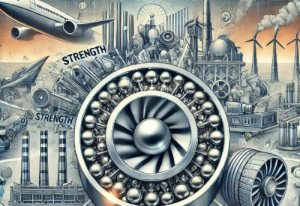
What Is Niobium
Niobium is a chemical element with the symbol Nb and atomic number 41. It is a soft, grey, ductile metal known for its high melting point and resistance to corrosion. With a shiny, silvery-grey appearance, niobium is highly ductile, meaning it can be easily drawn into thin wires. Its high melting point of 2,468°C (4,474°F) makes it suitable for high-temperature applications, and its resistance to many chemicals ensures it does not easily corrode, even in harsh environments.
Niobium is widely used as an alloying element to enhance the strength, toughness, and heat resistance of materials, particularly in steel and superalloys.
- In steel production, niobium improves the durability and wear resistance of pipelines, automotive components, and construction materials.
- It is also a crucial component in superalloys for jet engines and gas turbines, where its properties are essential for performance under extreme conditions.
- Additionally, niobium’s biocompatibility and corrosion resistance make it valuable in medical implants and surgical instruments, and it plays a role in producing superconducting materials for advanced electronics.
Related reading: 10 Important Uses of Niobium
Why Niobium Is Essential to Superalloys
Niobium-Containing Superalloys are designed to maintain strength, stability, and resistance to degradation at high temperatures.
- Strengthening Effect: Nb improves the mechanical strength of superalloys, particularly in high-temperature environments. It contributes to solid solution strengthening, which enhances the alloy’s ability to withstand deformation under stress.
- Creep Resistance: Creep, the slow deformation of materials under sustained high temperatures and stress, is a significant concern in aerospace and power generation applications. Nb helps to improve the creep resistance, ensuring that they retain their shape and structural integrity over long periods.
- Oxidation and Corrosion Resistance: Nb also contributes to the oxidation and corrosion resistance, providing a protective layer that shields components from harsh environments, especially at elevated temperatures.
How Niobium Enhances Superalloys
The specific mechanisms of Niobium-Containing Superalloys are varied and complex, involving several metallurgical processes:
- Solid Solution Strengthening: Nb atoms are introduced into the crystal lattice of the base metal, usually nickel or cobalt. This addition hinders the movement of dislocations within the lattice, thereby increasing the material’s strength.
- Precipitation Hardening: Nb contributes to the formation of stable precipitates, such as Ni3Nb (gamma prime phase), which further strengthen the alloy. These precipitates provide additional barriers to dislocation movement, enhancing the alloy’s overall mechanical properties.
- Carbide Formation: In some superalloys, niobium reacts with carbon to form niobium carbides. These carbides are extremely hard and contribute to the wear resistance of the alloy, making it more durable in abrasive environments.
Where Niobium-Containing Superalloys are Used
Niobium-containing superalloys are employed in a wide range of high temperature applications:
- Aerospace: Perhaps the most prominent application of Niobium-Containing Superalloys is in the aerospace industry, where they are used in the manufacture of turbine blades, discs, and other engine components that must endure extreme heat and stress.
- Power Generation: In power plants, particularly those utilizing gas turbines, Niobium-Containing Superalloys are used in turbine blades and vanes. These components operate at high temperatures, and the use of niobium ensures they perform reliably over long operational periods.
- Chemical Processing: The chemical industry also benefits from niobium-containing superalloys, which are used in reactors, heat exchangers, and other equipment exposed to corrosive environments and high temperatures.
- Nuclear Industry: In nuclear reactors, niobium superalloys are utilized for their ability to withstand radiation and high temperatures, making them ideal for use in core components and structural materials.
6 Common Types of Niobium-Containing Superalloys
Niobium-based superalloys are specifically designed to meet the rigorous demands of high-temperature and high-stress applications. Here are some of the most notable types:
- Inconel 718
Inconel 718 is one of the most widely used nickel-based superalloys, containing around 5% niobium. It is known for its high strength, excellent corrosion resistance, and ability to withstand extreme temperatures. Inconel 718 is commonly used in jet engines, gas turbines, and other aerospace applications, as well as in the oil and gas industry.
- C-103 Alloy
C-103 is a niobium-based superalloy that contains approximately 89% niobium, along with titanium, hafnium, and other elements. This alloy is particularly valued for its excellent high temperature strength and oxidation resistance, making it ideal for rocket engines, space vehicles, and other aerospace components that operate in extreme environments.
- Udimet 720
Udimet 720 is a nickel-based superalloy that includes niobium in its composition. It is designed for high-temperature applications, offering superior creep resistance and fatigue strength. This superalloy is used in gas turbine engines, where components must endure prolonged exposure to high temperatures and mechanical loads.
- René 41
René 41 is another nickel-based superalloy that benefits from the addition of niobium. It is known for its excellent high-temperature strength and oxidation resistance. René 41 is commonly used in the aerospace industry, particularly in the manufacturing of turbine blades and other critical components that require reliable performance under extreme conditions.
- Waspaloy
Waspaloy is a nickel-based superalloy that contains niobium, along with other elements like cobalt and chromium. This alloy is renowned for its high strength and resistance to oxidation and corrosion at elevated temperatures. Waspaloy is widely used in gas turbine engines, particularly in components like turbine blades, discs, and fasteners.
- Hastelloy C-276
Hastelloy C-276 is a nickel-molybdenum-chromium superalloy that includes a small percentage of niobium. It is known for its exceptional resistance to corrosion, especially in harsh chemical environments. This superalloy is used in chemical processing, pollution control, and nuclear reactors.
Conclusion
Niobium is crucial in superalloys, enhancing strength, creep resistance, and oxidation and corrosion protection. It enables these alloys to meet the demanding requirements of aerospace, power generation, and chemical processing industries.
As technology advances, the importance of niobium in high-performance materials will continue to grow, cementing its role in modern engineering. For more metal and alloy products, please check Advanced Refractory Metals (ARM).
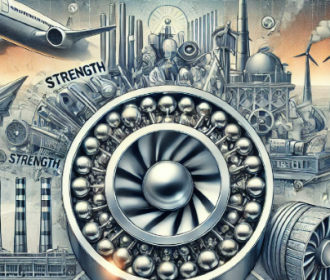
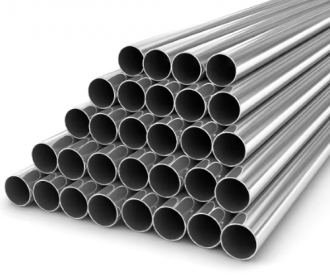
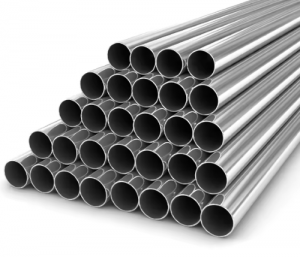
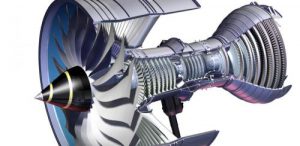
Recent Comments